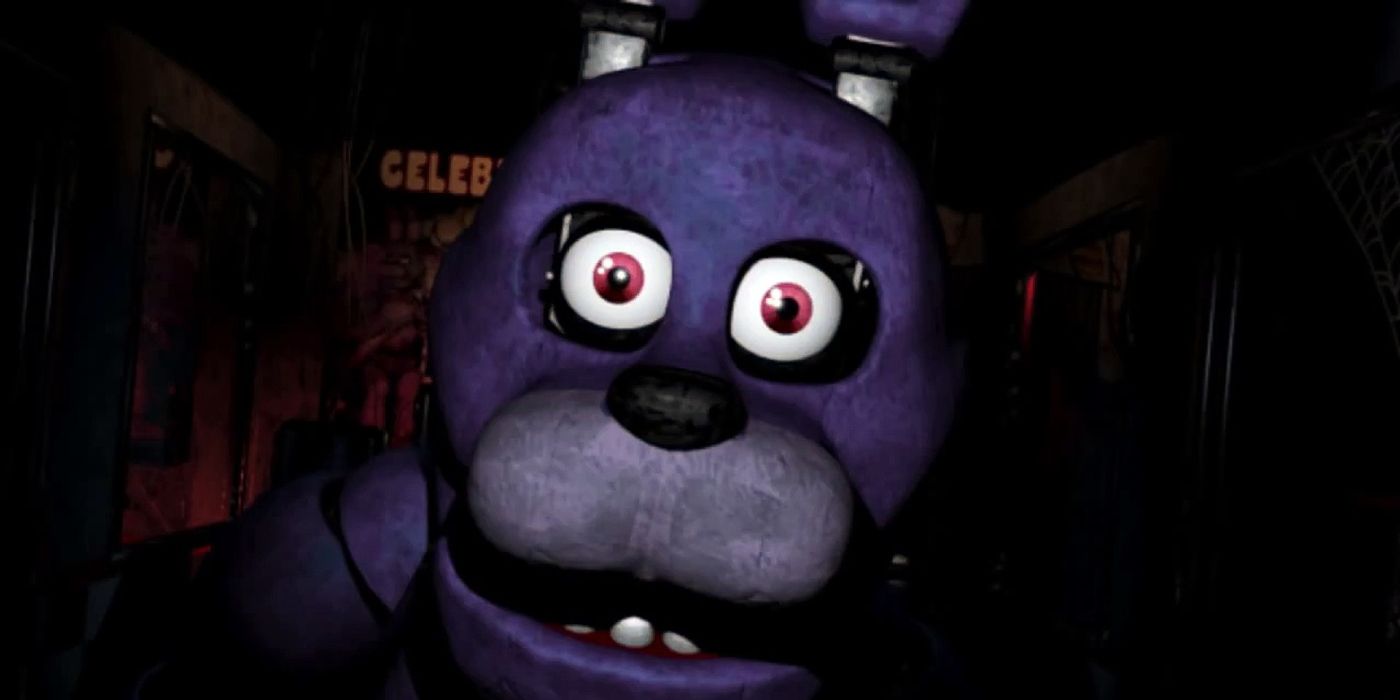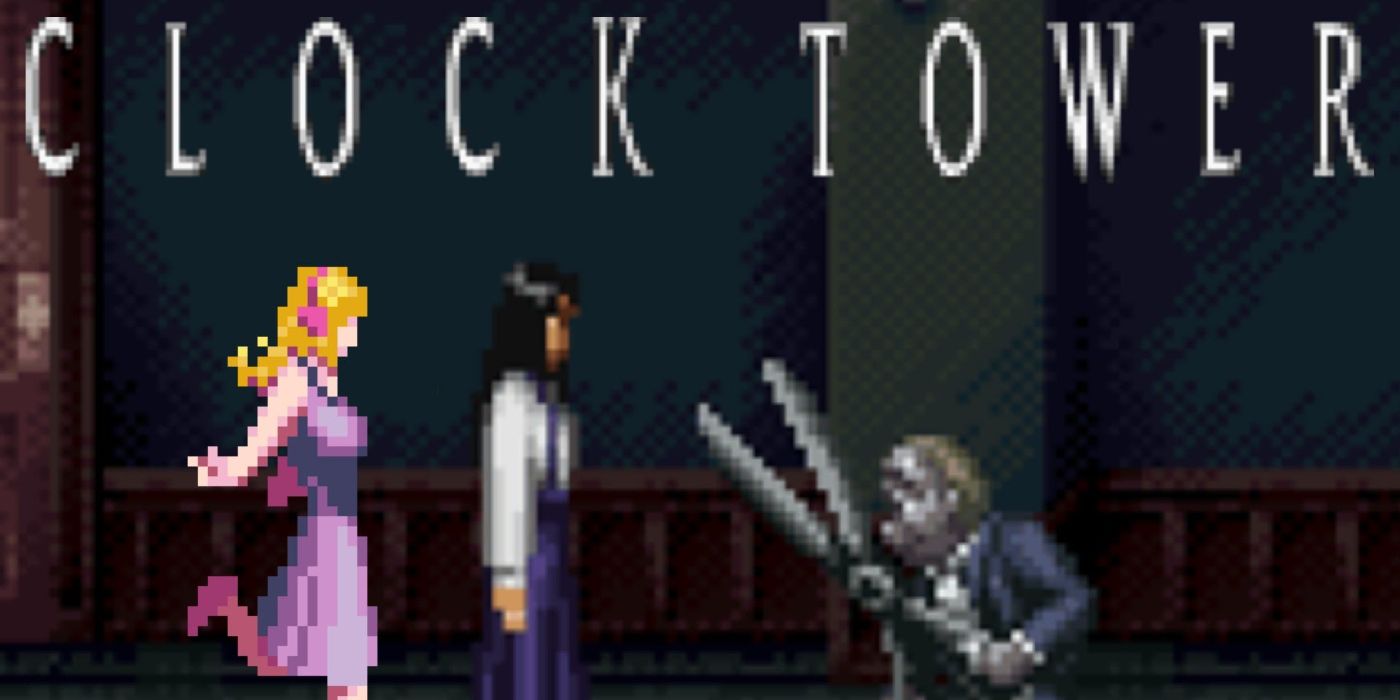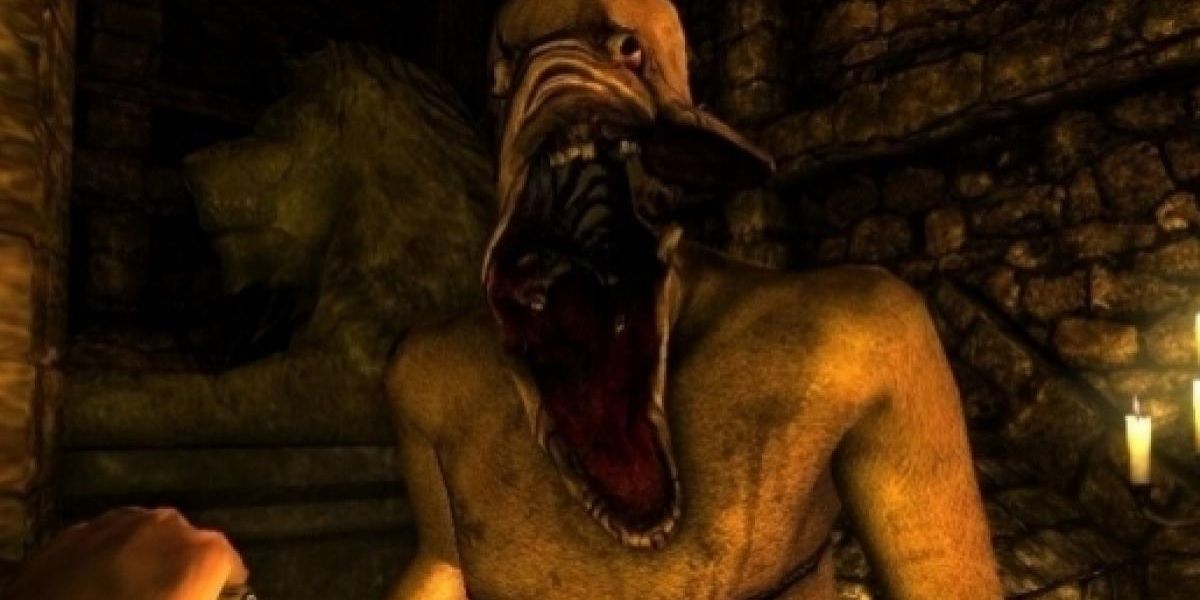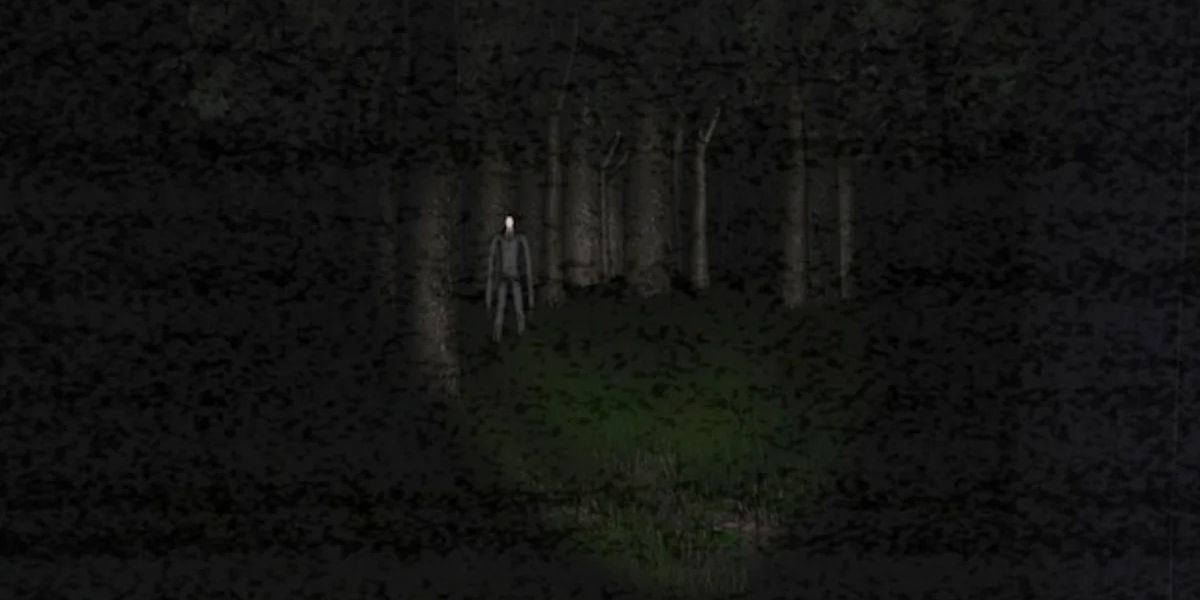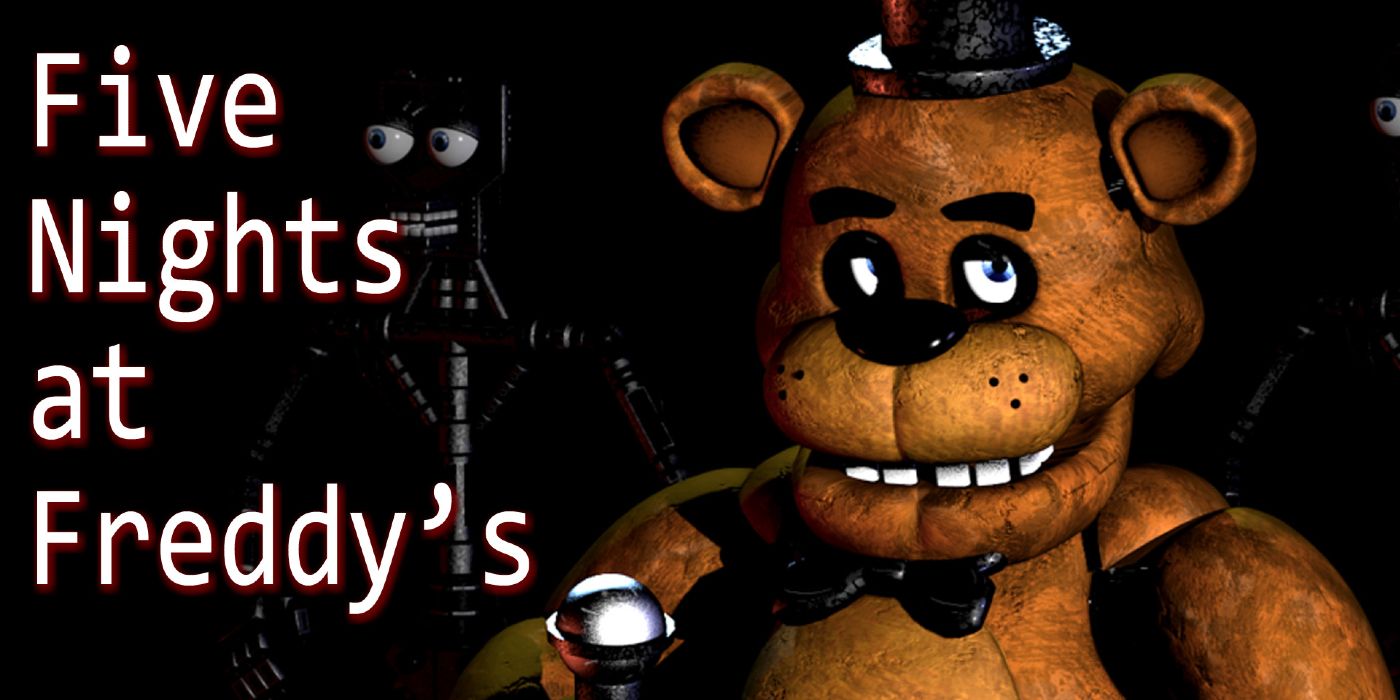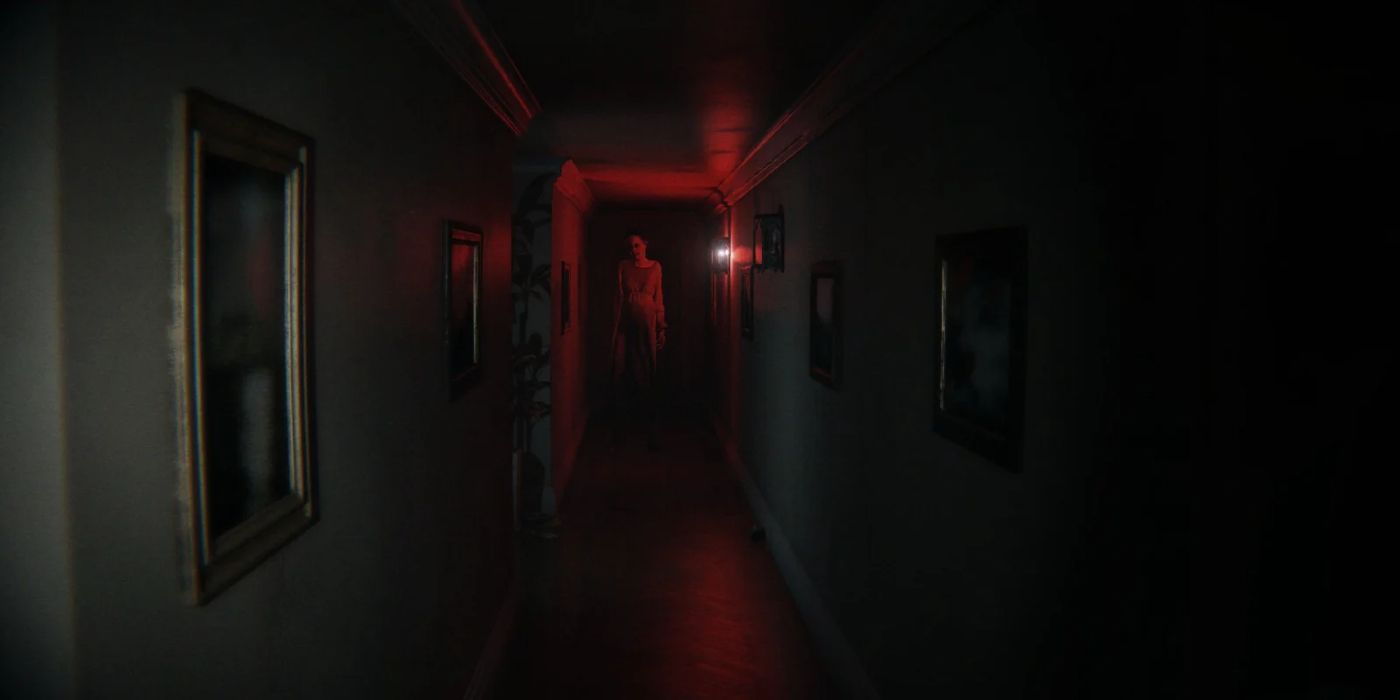Horror games have always had a place in gaming culture thanks to the adrenaline-pumping terror they induce. But, with more and more staples of the genre getting remakes with shiny new graphics and better voice acting, horror games are seeing a renewed resurgence. While monolith franchises like Silent Hill or Resident Evil may be back to dominate the gaming landscape, that doesn't players shouldn't be sleeping on indie horror titles, though.
Indie studios can often push the envelope further than established companies and explore the boundaries of horror. In the last two decades, in particular, indie horror has come a long way and developed to the point of rivaling offerings from big corporations. There have been several flagship games, both indie and non-indie, that have redefined their genre by introducing concepts that larger developers have taken inspiration from. Here are some of the best innovators from the last 20 years.
Clock Tower
The first installment of the Clock Tower series, first developed by Human Entertainment, was released in 1995 and spawned two sequels, one in 1998 and the most recent in 2002, co-produced by Sunsoft and Capcom. This point-and-click game was a breath of fresh air in a genre long dominated by zombie shooter games. The oppressive atmosphere, creeping pace and the truly terrifying villain was completely different from the usual gorefest, laying out the foundation for psychological horror.
From the Clock Tower series, developers began to fully lean into targeting the complexities of the brain to induce fear. While some have complained about the complicated puzzles, the sanity meter was a mechanic that was heavily used in the next influential horror game we'll discuss...
Amnesia: The Dark Descent
This iconic survival horror game was released by indie company Frictional games in 2010. Amnesia: The Dark Descent focused on an amnesiac named Daniel who wakes up in a foreboding castle. As mentioned before, Amnesia takes inspiration from the sanity meter mechanic from Clock Tower and uses it to create a truly terrifying game experience. Games had never toyed with the camera perspective so effectively before this, and it was an ingenious way to shroud the monster to make it scarier.
Early YouTube was flooded with Amnesia playthroughs and creative developers created countless mods. Amnesia affected the indie world by inspiring a surge of games that reincorporated this unique mechanic, locking players in oppressive environments with horrifying monsters and pushing them to breaking point.
Slender: The Eight Pages
The next breakout indie horror game, Slender: The Eight Pages, was released in 2012 by Parsec Productions. Slender takes elements from Amnesia, such as placing the player in close quarters with a monster and warping the camera perspective. In this game, the player is put in the woods and has to collect eight pages to beat the game. But Slenderman, a tall and faceless creature in a tuxedo, complicates matters by chasing the player down and causing static to cut across the screen.
Slenderman is a popular creepypasta and while the game was basic, Slenderman's inexorable approach and the dark environments created horrifying claustrophobia. Slender's impact on the indie industry is arguably even greater than Amnesia's. After this, indie games began using item collection as the key goal and forced players to wander outdoor environments to avoid an unshakeable foe.
Five Nights at Freddy's
The surprise hit, Five Nights at Freddy's or FNAF for short, was released in 2014 by independent developer Scott Cawthon. FNAF follows the adventures of a hapless security guard who is forced to stay at a pizzeria for five days with murderous animatronics. Therefore, the game is all about resource management as the player has to monitor their battery while using the camera system and doors to defend from the creepy robots.
FNAF was popularized by YouTuber Markiplier and the game was lauded for its unique premise and well-crafted jump scares. Indie games soon followed the tide of change as developers implemented FNAF's revolutionary features, creating games involving the players defending themselves from multiple monsters over several days.
P.T.
Kojima Productions discreetly released P.T. in 2014 and it hit the gaming industry like a tidal wave. The unanimous consensus was that P.T. was one of the scariest games of recent years and excitement mounted even higher when players found out P.T. was the next Silent Hill entry -- a collaboration between Hideo Kojima, celebrated mangaka Junji Ito, and fan-favorite director, Guillermo del Toro.
P.T. involved a protagonist who wandered a looping hallway while being stalked by a terrifying entity called Lisa. Whether it was the ambiance, photorealism or creepy backstory, P.T. was a critical success that continues to disturb psyches to this day. The project was unceremoniously cut short by Konami but the game still caused ripples through the gaming world. Spiritual successors like Visage and Allison Road brought horror back into residential homes, creating looping hallways filled with haunted events.
Indie horror hasn't had a flagship game to rally around since P.T., possibly due to triple-A companies flooding the market with remakes. However, there are still many indie horror games that are worth a playthrough as these titles tend to take more risks. As long as developers stay creative, there's sure to be another breakthrough that will redefine the indie horror genre again soon.

